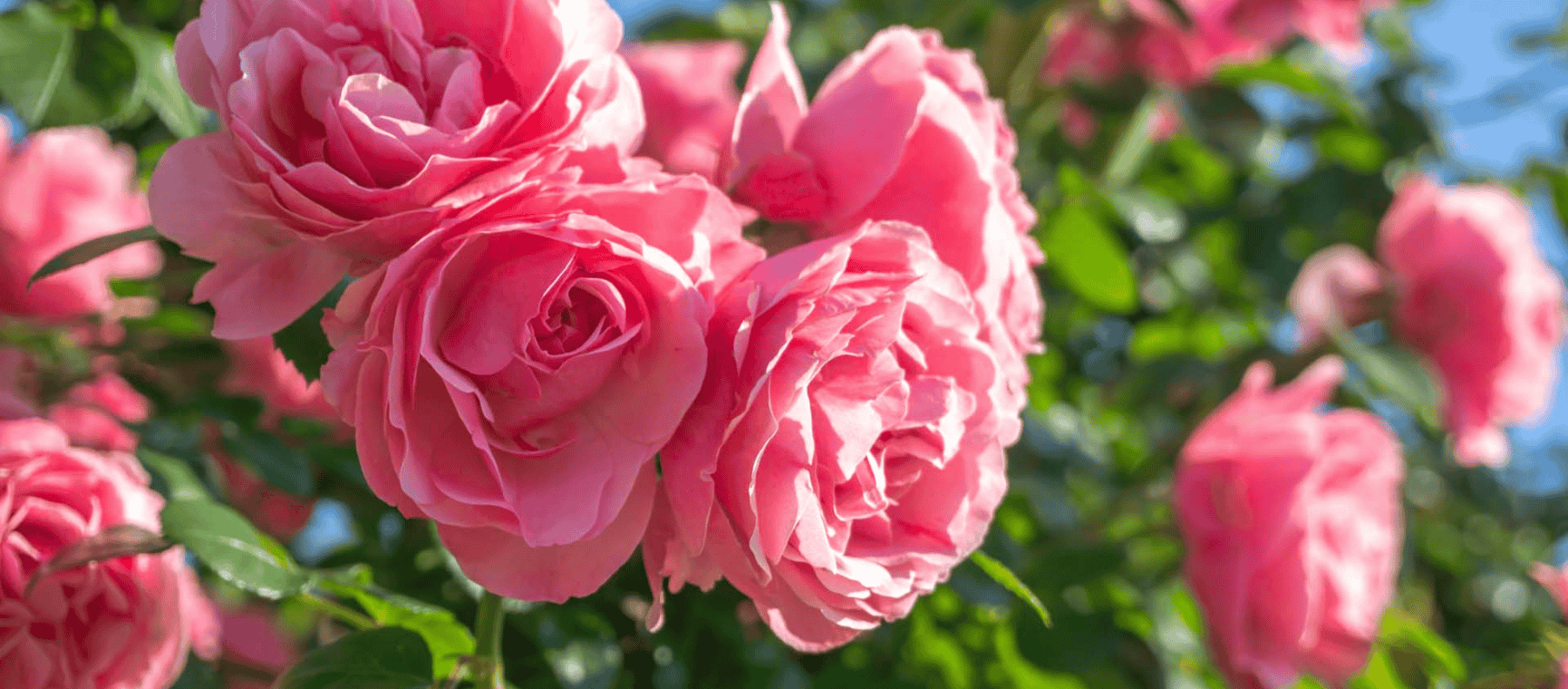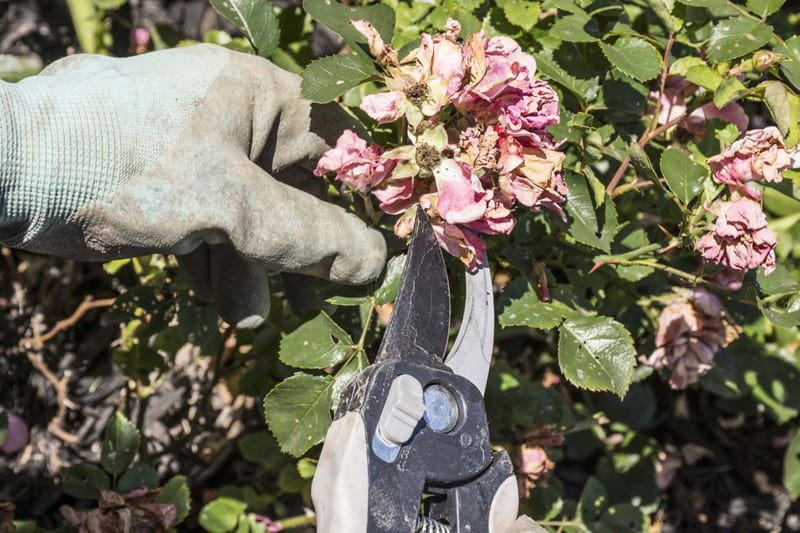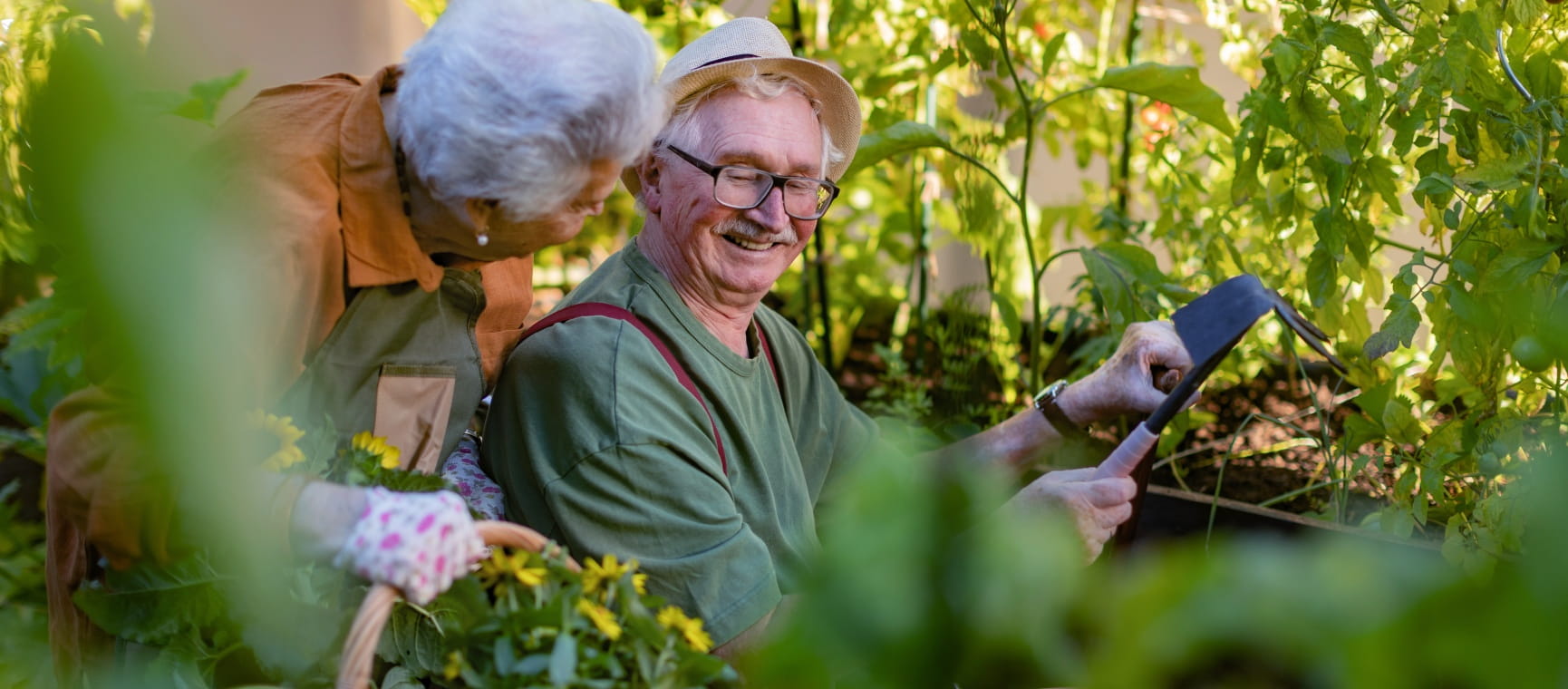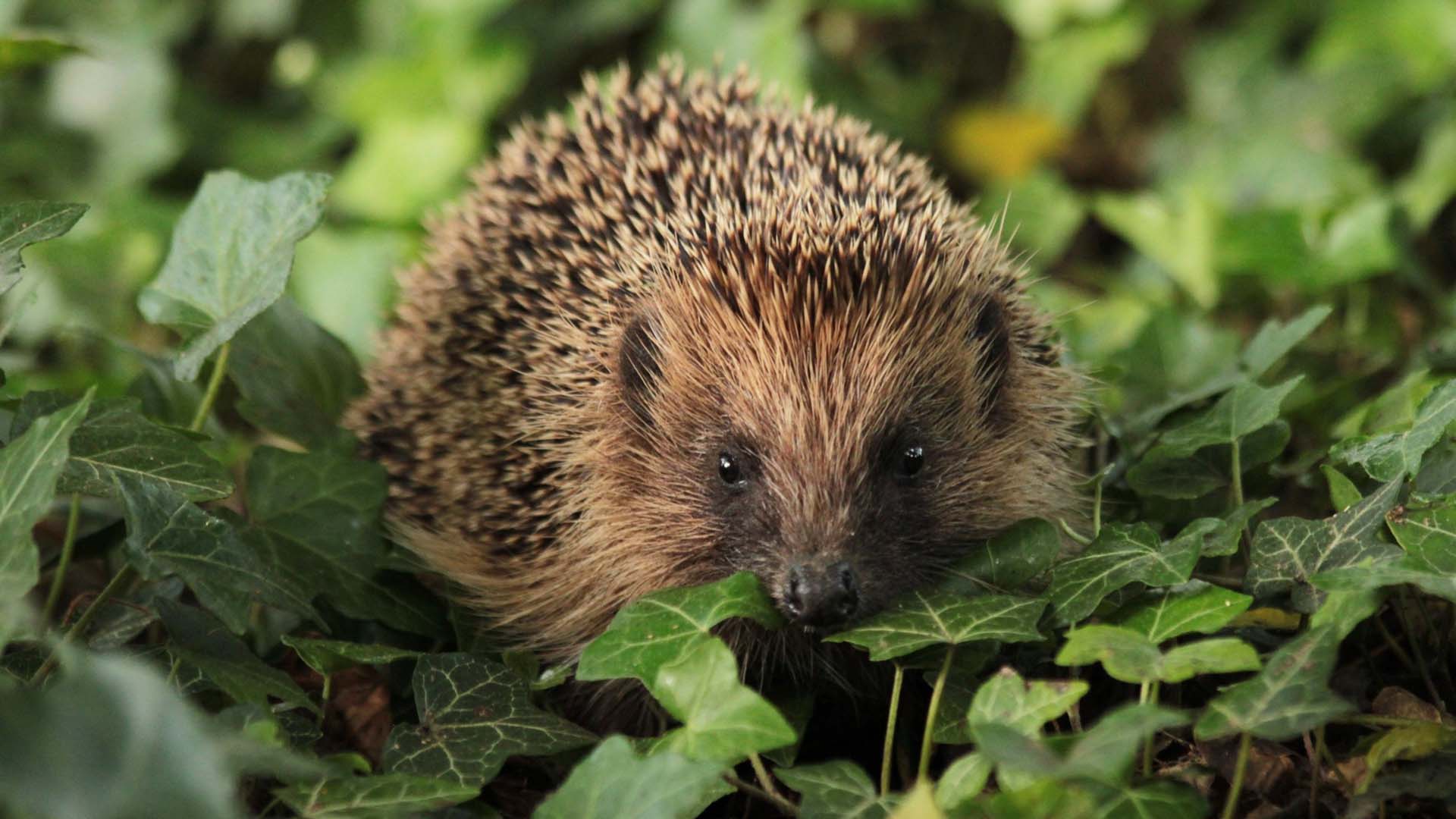How to deadhead roses and encourage more flowers to grow
Discover why, when and how to deadhead roses, with top tips from Monty Don and the National Trust.

Discover why, when and how to deadhead roses, with top tips from Monty Don and the National Trust.

If you’re a novice gardener, don’t fret, because deadheading roses isn’t complicated.
Follow our easy steps on how to deadhead roses and you’ll have blooming beautiful blooms throughout the whole flowering season.
Deadheading is simply the process of removing flowers that have finished blooming – sometimes referred to as ‘spent’ flowers.
Aside from improving the plant’s appearance by keeping it tidy, the act of deadheading spurs the plant into creating new buds and flowers.
“If your roses are repeat flowering varieties, you’ll need to deadhead them to keep them flowering,” says Heloise Brooke, head gardener at The National Trust's Calke Abbey.
“But if you don’t deadhead them, they will try to develop fruit (hips) and seeds, and all their energy will go into producing them instead.”
A plant’s reproductive system will always take priority over its other functions and will be the first in line for nutrients and water. Roses will still go on to create new flowers, even if they’re not deadheaded, but they will do so at a slower rate.
So, one way to get more blooms is to grab some gardening gloves and secateurs and get to work.
“The best time to deadhead roses is when the flowers are going over (fading or dying ), but before they drop their petals,” says Brooke.
“And any time of day is fine.”
Monty Don says: “Deadheading roses is really worth doing at least once a week – and preferably daily – in mid summer.”
Keep deadheading your roses after each flush of flowers.

Monty Don suggests that “pulling off the old flower heads will help, but the best approach is to use a pair of secateurs”.
Brooke advises: “Use a sharp pair of secateurs, hold the rose in one hand and cut the flower head off with some of the stem.
"Cut just above a main leaf, ideally at an angle, but straight across is also OK. Try not to leave any stem above the leaf, as this snag can die back.”
Once cut, a new shoot should then grow from the point.
Roses form either as single flowers or in clusters, sometimes called trusses.
“Single flowered roses can be removed one at a time,” says Brooke. “But with cluster sets or truss roses such as the Noisettes, or some of the floribunda roses, take off the whole cluster. Then, make the cut just above a main leaf.”
Hips
Some varieties of roses will have good hips – these are the fruits behind the flowers that can turn bright orange and red in autumn.
If you want to enjoy the hips and the wildlife that they’ll attract to your garden, it’s best to leave the flowers alone, to allow them to set seed and produce fruit into September and beyond.
The RHS particularly recommends Rosa moyesii and Rosa rugosa for their hips.

Find out about Saga's Gardening holidays here...
Explore stunning outdoor sanctuaries on Saga’s garden-themed getaways – it doesn't matter if you’re a keen horticulturist or just someone who enjoys colourful blooms.

Saga Home Insurance comes with garden cover included. Find out what’s included and get tips to help secure your garden.





Blighted by buzzing? How to keep wasps out of your garden without harming them so you can enjoy the summer.

Our expert pruning and watering hacks include a top tip to keep them flowering from Alan Titchmarsh.


Want to know how to get rid of dandelions? Advice on how to tackle them but why they might be worth sparing.
